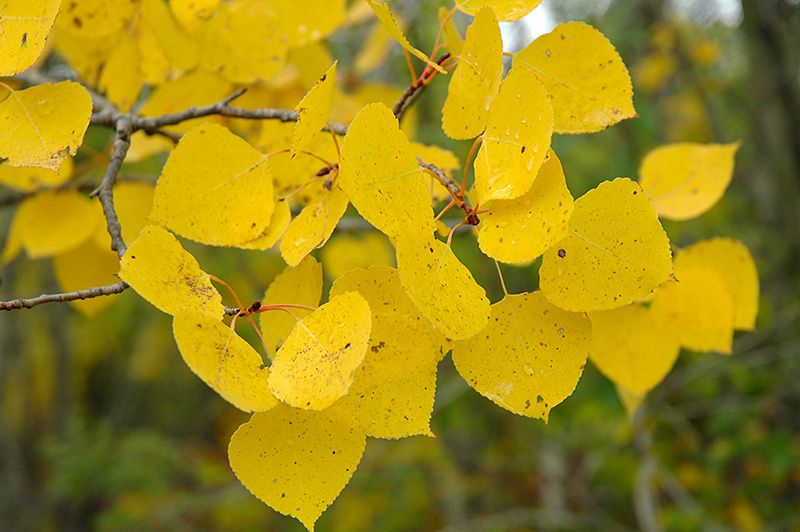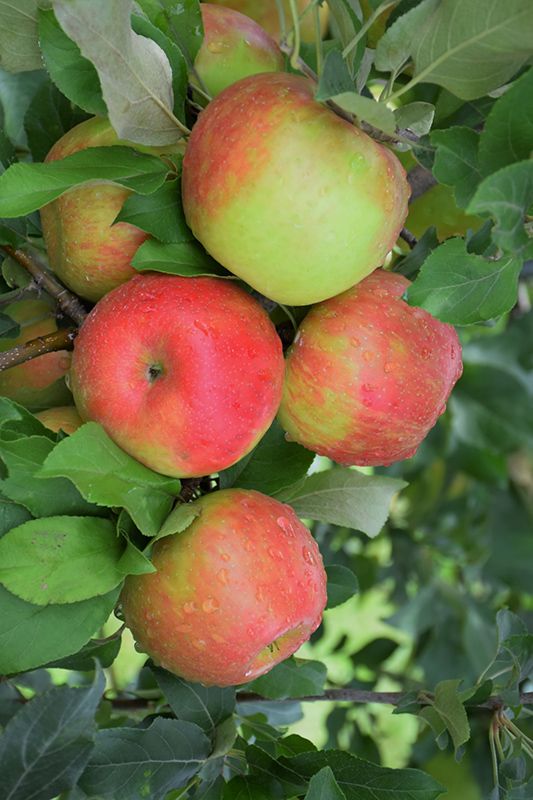Picea, Norway Spruce 'Gregoryana Parsonii'

Out of stock
Temporarily Out of Stock- Sun Preference
- Full-Sun
Description
An irregular shaped, rounded, dwarf, alpine-like specimen. Perfect for rock gardens.
Minnesota's Largest Selection of Trees
At Minnesota's Destination Garden Center, we offer a diverse range of trees to suit any landscaping need. Whether you're looking for shade trees to cool your home or ornamental trees to add beauty and interest, you'll find the perfect tree at Gertens. Our knowledgeable staff can help you select the right tree for your space and provide tips for care and maintenance. Visit Gertens today and explore the unmatched variety of trees to enhance your outdoor environment!
Details
Gregoryana Parsonii Norway Spruce | Picea abies 'Gregoryana Parsonii'
Height: 6 feet
Spread: 6 feet
Sunlight: full sun to part shade
Hardiness Zone: 3a
Other Names: Norwegian Spruce
Description:
This dwarf evergreen shrub has longer, flatter needles, and a slightly more open habit; adaptable and hardy; excellent choice for rock gardens and detail use in a composition
Ornamental Features
Gregoryana Parsonii Norway Spruce is a dwarf conifer which is primarily valued in the landscape or garden for its ornamental globe-shaped form. It has dark green evergreen foliage which emerges light green in spring. The needles remain dark green throughout the winter.
Landscape Attributes
Gregoryana Parsonii Norway Spruce is a dense multi-stemmed evergreen shrub with a more or less rounded form. It lends an extremely fine and delicate texture to the landscape composition which can make it a great accent feature on this basis alone.
This is a high maintenance shrub that will require regular care and upkeep. When pruning is necessary, it is recommended to only trim back the new growth of the current season, other than to remove any dieback. Deer don't particularly care for this plant and will usually leave it alone in favor of tastier treats. It has no significant negative characteristics.
Gregoryana Parsonii Norway Spruce is recommended for the following landscape applications;
- Accent
- Mass Planting
- Rock/Alpine Gardens
- General Garden Use
Planting & Growing
Gregoryana Parsonii Norway Spruce will grow to be about 6 feet tall at maturity, with a spread of 6 feet. It tends to fill out right to the ground and therefore doesn't necessarily require facer plants in front, and is suitable for planting under power lines. It grows at a slow rate, and under ideal conditions can be expected to live for 50 years or more.
This shrub does best in full sun to partial shade. It does best in average to evenly moist conditions, but will not tolerate standing water. It is not particular as to soil type or pH, and is able to handle environmental salt. It is highly tolerant of urban pollution and will even thrive in inner city environments. This is a selected variety of a species not originally from North America.
More Information
| Available for Pre-Order | No |
|---|---|
| Tree Type | Evergreen |
| Sun Preference | Full-Sun |
| USDA Hardiness Zone | 3, 4, 5, 6, 7 |
| Common Family Name | Spruce |




